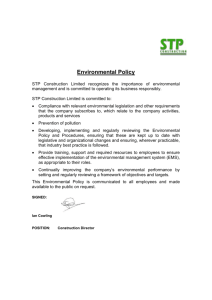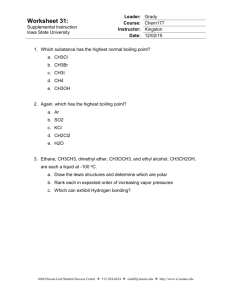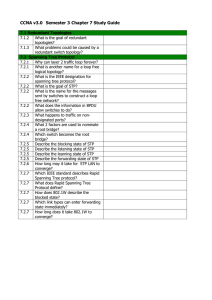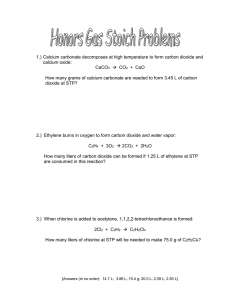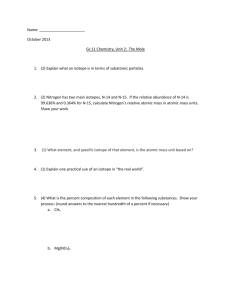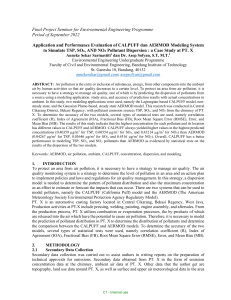Civil and Architectural Engineering Abdullah Mohammed Salim Al Jabri
advertisement
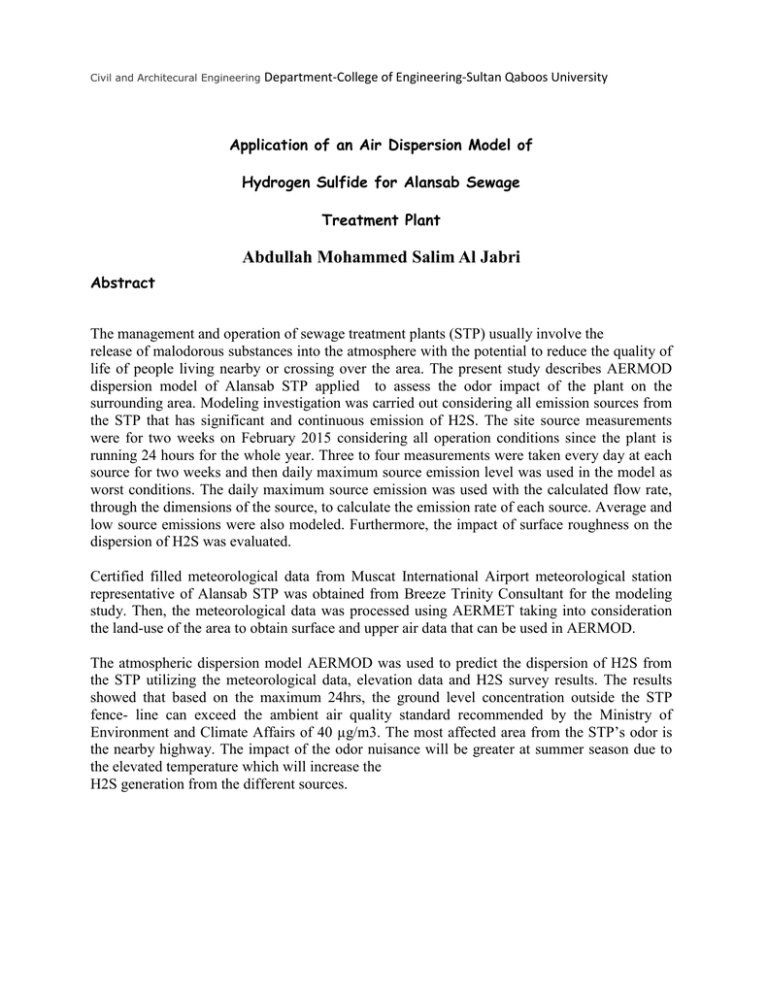
Civil and Architectural Engineering Civil and Architecural Engineering Department-College of Engineering-Sultan Qaboos University Application of an Air Dispersion Model of Hydrogen Sulfide for Alansab Sewage Treatment Plant Abdullah Mohammed Salim Al Jabri Abstract The management and operation of sewage treatment plants (STP) usually involve the release of malodorous substances into the atmosphere with the potential to reduce the quality of life of people living nearby or crossing over the area. The present study describes AERMOD dispersion model of Alansab STP applied to assess the odor impact of the plant on the surrounding area. Modeling investigation was carried out considering all emission sources from the STP that has significant and continuous emission of H2S. The site source measurements were for two weeks on February 2015 considering all operation conditions since the plant is running 24 hours for the whole year. Three to four measurements were taken every day at each source for two weeks and then daily maximum source emission level was used in the model as worst conditions. The daily maximum source emission was used with the calculated flow rate, through the dimensions of the source, to calculate the emission rate of each source. Average and low source emissions were also modeled. Furthermore, the impact of surface roughness on the dispersion of H2S was evaluated. Certified filled meteorological data from Muscat International Airport meteorological station representative of Alansab STP was obtained from Breeze Trinity Consultant for the modeling study. Then, the meteorological data was processed using AERMET taking into consideration the land-use of the area to obtain surface and upper air data that can be used in AERMOD. The atmospheric dispersion model AERMOD was used to predict the dispersion of H2S from the STP utilizing the meteorological data, elevation data and H2S survey results. The results showed that based on the maximum 24hrs, the ground level concentration outside the STP fence- line can exceed the ambient air quality standard recommended by the Ministry of Environment and Climate Affairs of 40 µg/m3. The most affected area from the STP’s odor is the nearby highway. The impact of the odor nuisance will be greater at summer season due to the elevated temperature which will increase the H2S generation from the different sources.

